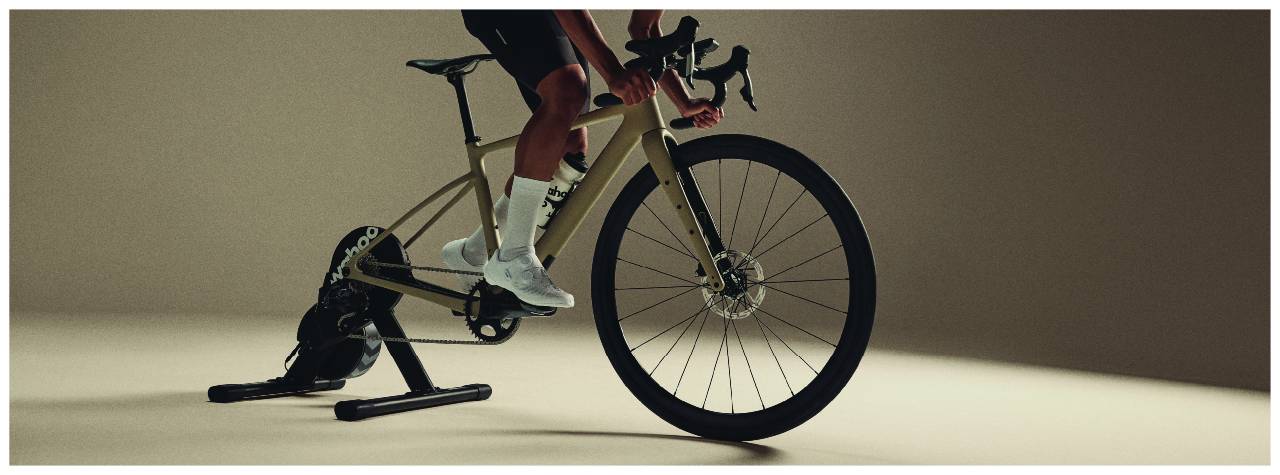
New Wahoo Kickr Core Smart Trainers:
Next Level Indoor Riding
The benchmark for mid range, direct-drive smart trainers has just been raised. Wahoo has officially unveiled the successor to its critically acclaimed KICKR CORE, launching the brand new Wahoo KICKR CORE 2. Building on a legacy of providing a premium indoor riding experience at an accessible price point, the new CORE 2 introduces key upgrades that bring it closer than ever to its flagship sibling, the KICKR V6. Designed specifically for riding indoors, the KICKR CORE 2 creates an immersive indoor cycling environment that replicates outdoor conditions with advanced features and seamless connectivity.
Available to order now at Sigma Sports, the KICKR CORE 2 is the go-to choice for dedicated cyclists and newcomers alike heading into the indoor season. The KICKR CORE 2 supports cycling fun and fitness, making indoor training both enjoyable and effective for users of all levels. Beyond the KICKR CORE, the new Wahoo KICKR Bike PRO also recently launched, so read on to learn more about the next gen KICKR Bike.
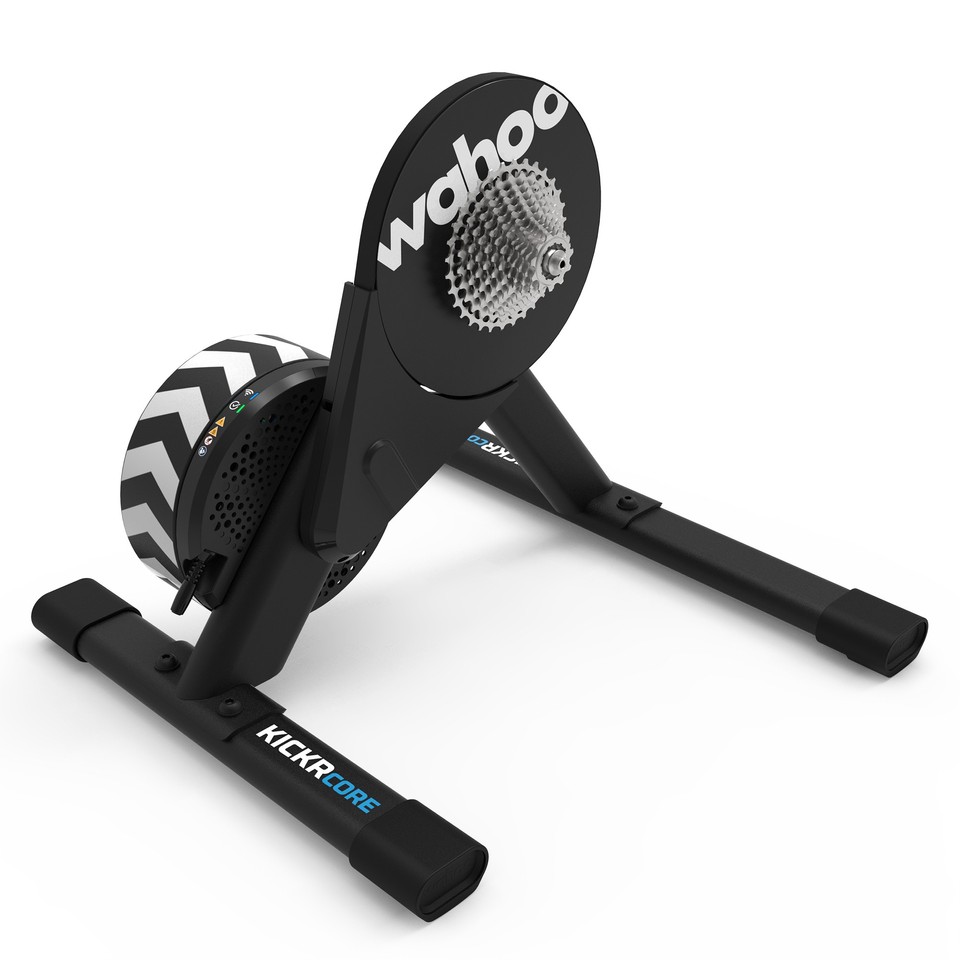
What’s New? The Key Virtual Gearing Upgrades
While the original KICKR CORE was celebrated for its reliability and realistic ride feel, Wahoo has focused on targeted improvements in connectivity, accuracy, and user experience for the second generation. The 5.4kg flywheel weight plays a crucial role in delivering a realistic road feel by providing the inertia needed to simulate outdoor riding dynamics, such as acceleration and deceleration.
Seamless Wi-Fi Connectivity
Perhaps the most significant upgrade is the inclusion of 2.4 GHz Wi-Fi connectivity, a feature previously reserved for the top-tier KICKR. This provides a far more stable and faster connection to your favourite training apps like Zwift, Wahoo SYSTM, and TrainerRoad, virtually eliminating signal dropouts that can sometimes occur with Bluetooth or ANT+. For riders who take their virtual racing seriously, the stability of Wi-Fi is a game-changing addition.
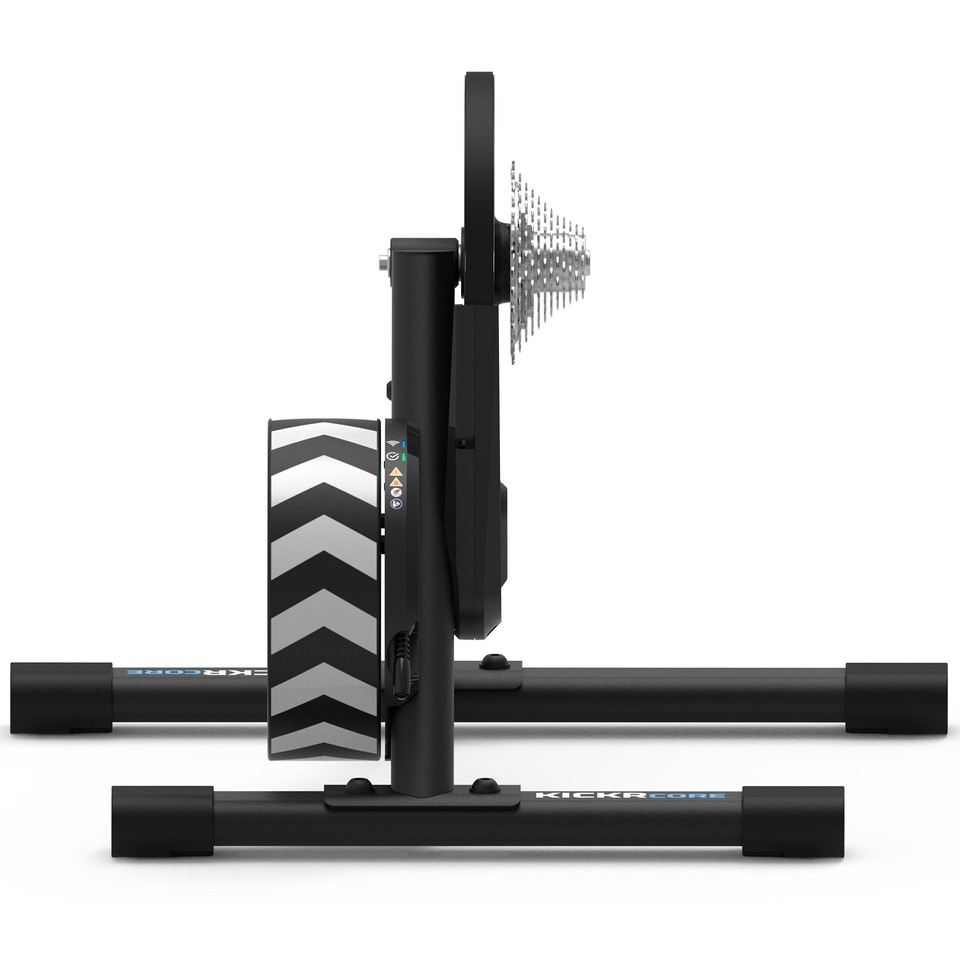
Enhanced Power Accuracy
Precision is paramount in structured training. The KICKR CORE 2 has improved its power accuracy, moving from an already impressive ±2% on the original model to an even more reliable ±1.5%. This enhanced accuracy is achieved with a built in power meter, ensuring that every watt you produce is measured correctly. The power meter provides accurate data for training, allowing you to train and race with complete confidence in your data.
Ready for the Future with Direct Connect
For the ultimate in connection stability, the KICKR CORE 2 now features a built-in port for the Wahoo Direct Connect adapter (sold separately). This allows for a wired connection to your router, guaranteeing a bulletproof link for e-racing and crucial workout sessions.
ERG Easy Ramp
We’ve all been there. A mid-interval interruption, a dropped chain, or just a moment’s pause, and suddenly you’re fighting the ‘spiral of death’ trying to get back on top of a high-wattage ERG mode target. The new KICKR CORE 2 inherits Wahoo’s ERG Easy Ramp feature. If you stop pedalling, the trainer will gradually ramp you back up to your power target over 10 seconds, giving you the chance to get your cadence back without being overwhelmed by instant resistance. The KICKR CORE 2 also features smart resistance technology that perfectly mimics real world gradients. This resistance system dynamically adjusts to simulate climbs and descents, enhancing the realism of your indoor training.
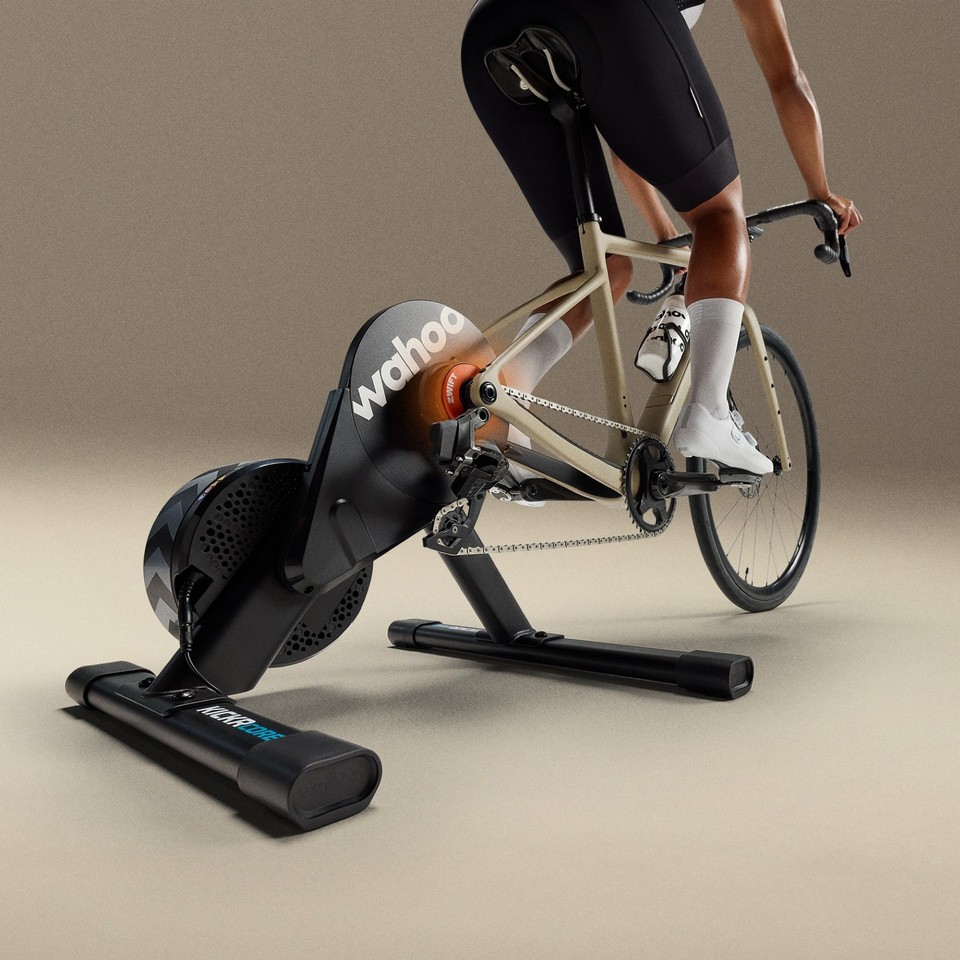
Introducing the Wahoo KICKR CORE Zwift One
Alongside the standard model, Wahoo has also launched the KICKR CORE 2 Zwift One. This innovative bundle is designed to offer maximum compatibility and a seamless out-of-the-box experience. Instead of a traditional cassette, this model comes pre-installed with the Wahoo Cog and includes virtual gearing and virtual shifting via the included Wahoo Click controller, allowing for seamless, quiet virtual shifting and putting intuitive virtual shifting at your fingertips. This enhances the virtual road experience by enabling smooth, realistic gear changes that closely mimic a real ride.
This single cog system is compatible with almost any 8 to 12-speed bike, removing any worries about cassette compatibility or drivetrain indexing. By unlocking maximum compatibility, the Zwift One supports multiple bikes with different cassette configurations and includes both a quick release skewer and thru axle adapters for easy setup. The Zwift Click attaches seamlessly to your handlebar, enabling click unlocks for virtual shifting and giving you full control to navigate menus and start riding quickly.
Zwift One Bundle
Paired with a one-year Zwift membership included in the box, the Zwift One bundle is the ultimate all-in-one package for anyone looking to dive straight into the world of virtual riding. Compared to the now-discontinued Zwift Hub, the Zwift One offers improved virtual gearing, better smart bike and smart bike integration, and broader training app compatibility. The system supports tailored workouts and is designed for keeping maintenance low for the vast majority of users, whether you ride in the small ring or on a smart bike. The only downside is that it is primarily optimised for Zwift, so those seeking full flexibility with other training apps may find this limiting.
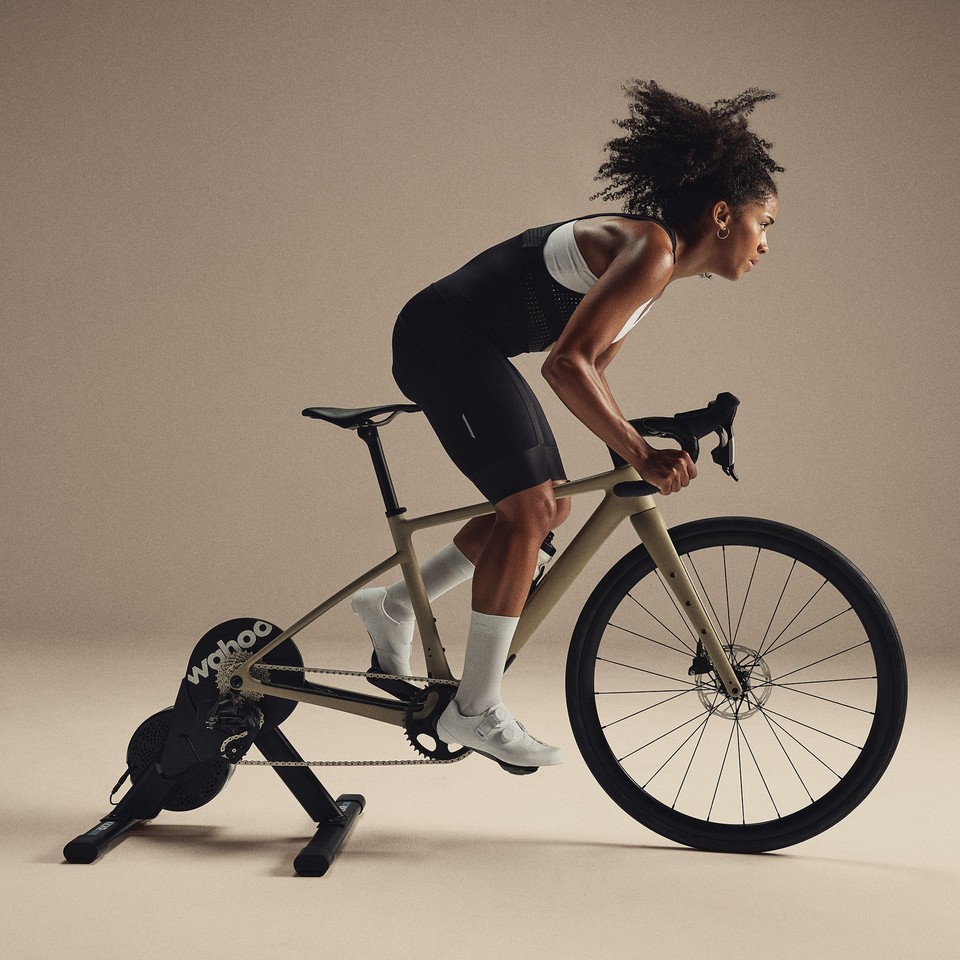
App Compatibility and Connectivity
In today’s world of indoor cycling, seamless app compatibility and robust connectivity are essential for unlocking the full potential of your smart trainer. The Wahoo KICKR CORE Zwift One is engineered to deliver just that, offering a truly integrated experience for riders who demand both performance and convenience.
With the Zwift Cog pre-installed and the innovative Zwift Click button remote, the KICKR CORE Zwift One introduces quiet virtual shifting and intuitive virtual shifting at your fingertips. This means you can change virtual gears effortlessly, enjoying a smooth, realistic ride feel without the noise or hassle of traditional mechanical shifting. Whether you’re tackling a virtual climb or sprinting for the finish, the system perfectly mimics every gradient and gear change, keeping your indoor cycling fun and immersive.
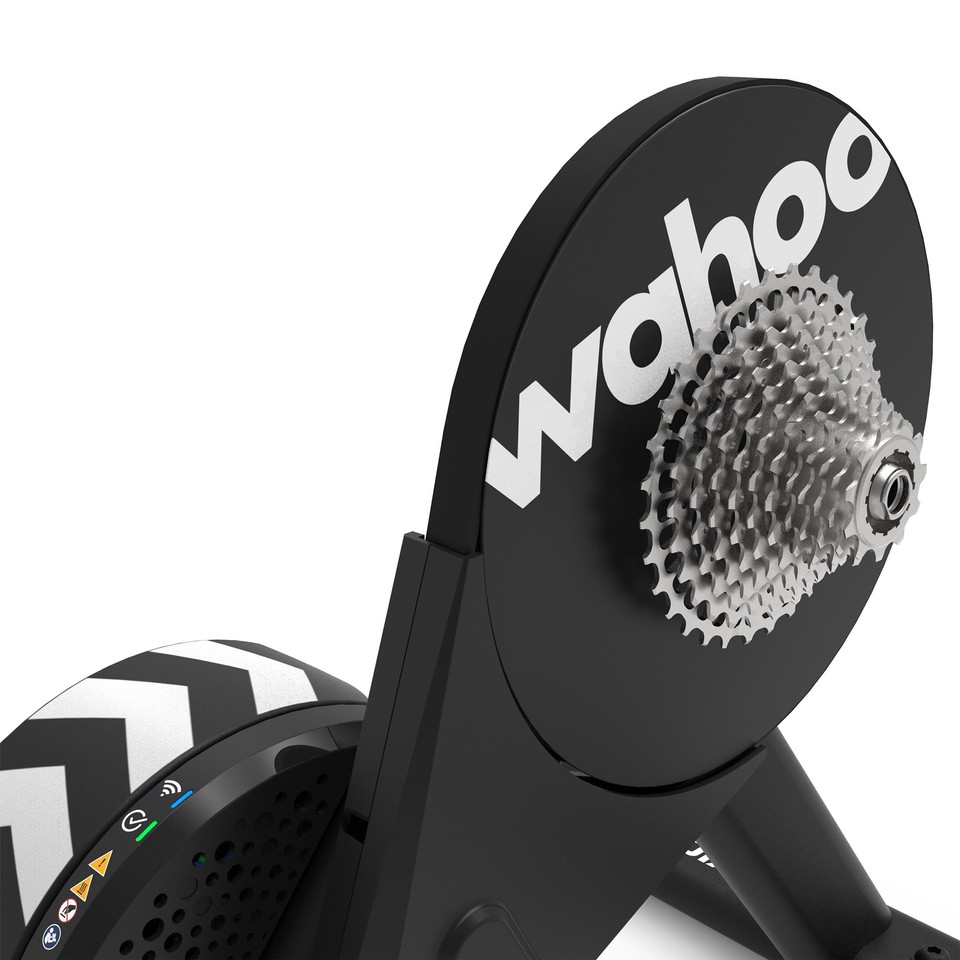
The KICKR CORE Zwift One is designed for maximum app compatibility, supporting a wide range of devices including GPS bike computers, smartphones, and tablets. Navigating menus, controlling resistance, and accessing structured workouts is simple and intuitive, whether you’re using the Wahoo app, Zwift app, or other popular training platforms. Thanks to support for ANT+ FE-C, Bluetooth Smart, and Bluetooth Smart Trainer Control, you can connect effortlessly to your favourite apps and devices, ensuring a stable, responsive training session every time.
The KICKR CORE Zwift One fits seamlessly into the KICKR ecosystem, working in harmony with the KICKR CLIMB gradient simulator and KICKR HEADWIND smart fan to create an unmatched indoor cycling experience. Its robust build quality and ease of use make it ideal for households with multiple riders, and its controlled resistance and realistic ride feel ensure every session is as engaging as riding outdoors.
Whether you’re training for your next race or just looking to boost your fitness, the Wahoo KICKR CORE Zwift One offers the connectivity, compatibility, and performance you need to take your indoor cycling to the next level.
The Legendary Foundation Remains
The KICKR CORE 2 retains all the features that made the original a bestseller. The 5.4kg flywheel provides that signature, best-in-class ride feel Wahoo is known for. Its robust steel construction ensures stability during the most intense sprints, and it remains whisper-quiet so as not to disturb the household. Full compatibility with the KICKR CLIMB grade simulator and KICKR HEADWIND smart fan is, of course, carried over.

New KICKR Bike PRO
Wahoo's new KICKR BIKE PRO focuses on enhancing rider interaction and comfort compared to the previous KICKR Bike V2. The most significant update is the redesigned ergonomic handlebar, which now integrates Zwift Play-style controller buttons, allowing for seamless in game control without moving your hands. This new model also features premium touchpoints, including a Fizik Aliante R5 saddle and Fizik Solocush bar tape for improved comfort during long sessions. While retaining its renowned +/-1% power accuracy and realistic grade simulation, these upgrades make the KICKR BIKE PRO the most immersive and user friendly smart bike in Wahoo's lineup.
Wahoo KICKR Bike Shift
An alternative to the PRO, the KICKR BIKE SHIFT is a highly capable smart bike. The virtual shifting system provides a realistic indoor ride by electronically simulating the customisable gear ratios and tactile feel of real world groupsets. The KICKR BIKE SHIFT features a 5-point adjustment system, enabling riders to quickly configure setback, reach, and other critical dimensions for a personalised bike fit.
Shop the Wahoo KICKR BIKE PRO Shop the Wahoo KICKR BIKE SHIFT
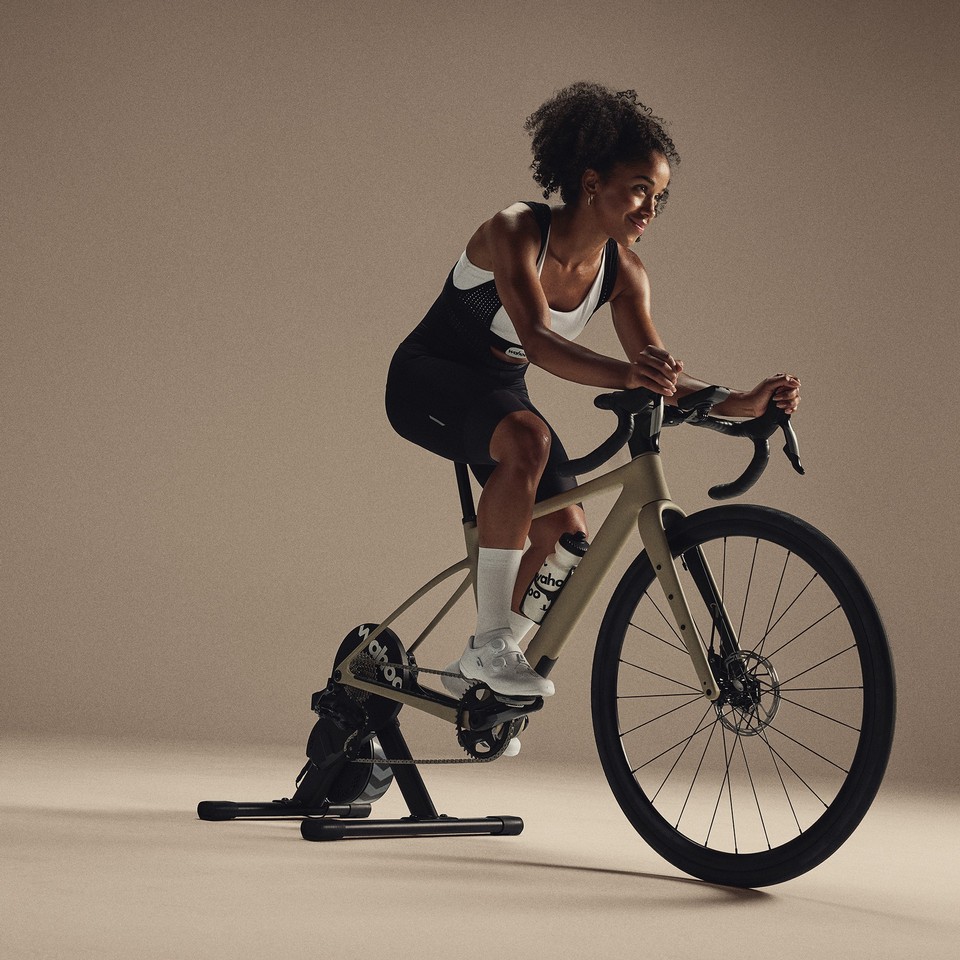
Sigma Sports Verdict
The Wahoo KICKR CORE 2 represents a significant evolution. By integrating premium features like Wi-Fi and enhanced accuracy, Wahoo has dramatically closed the gap between the mid-range and the top-end of the market. It offers uncompromising performance for the serious racer while remaining incredibly user-friendly for those new to indoor training. Whether you opt for the classic KICKR CORE 2 to use with your existing setup or the revolutionary KICKR CORE 2 Zwift One bundle for ultimate simplicity, you're investing in a superior training tool that will elevate your fitness this winter and beyond.
If you are in the market for an indoor smart bike, the Wahoo KICKR BIKE PRO delivers the pinnacle of indoor training, offering an exceptionally immersive experience for performance driven athletes by seamlessly integrating real time gradient simulation with instantly responsive, customisable shifting.
The new Wahoo KICKR CORE 2, KICKR CORE 2 Zwift One and KICKR Bike PRO & SHIFT are available to order now at Sigma Sports.
Shop the Wahoo KICKR V5 and CORE Smart Turbo Trainer range





